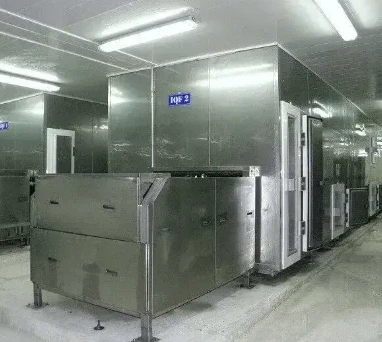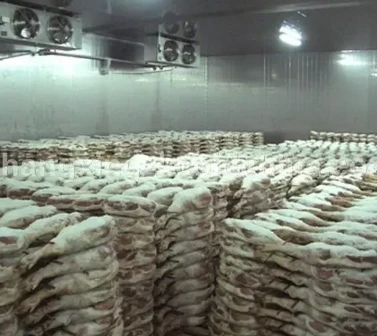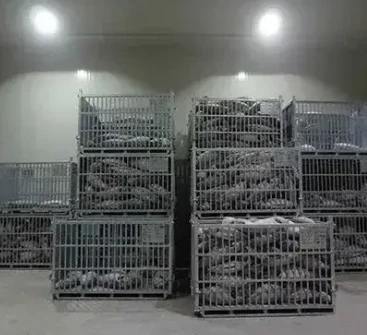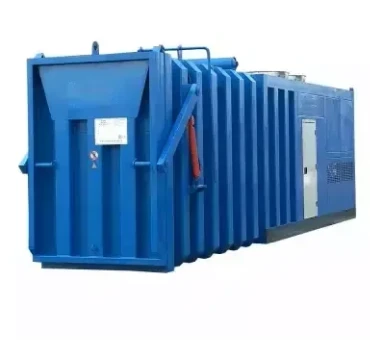May . 08, 2024 15:48
Back to list
Cold Room Wattage
Cold room wattage refers to the amount of electrical power consumed by a cold room or refrigerated storage unit. Understanding the wattage requirements of a cold room is crucial for efficient operation, cost management, and environmental sustainability. In this comprehensive guide, we will delve into the various factors influencing cold room wattage, tips for optimizing energy usage, and the importance of selecting the right equipment for your specific needs.
Factors Affecting Cold Room Wattage:
Size and Capacity: The dimensions and storage capacity of a cold room directly impact its wattage requirements. Larger rooms with greater storage capacity generally require more power to maintain optimal temperatures.
2. Insulation Quality: The quality of insulation plays a significant role in determining the wattage needed to cool a cold room. Well-insulated rooms minimize heat transfer, reducing the workload on refrigeration systems and lowering energy consumption.
3. Temperature Settings: The desired temperature range for storing goods affects the energy consumption of a cold room. Lower temperatures require more energy to maintain, especially in hot climates or during peak demand periods.
4. Frequency of Door Openings: Each time the door of a cold room is opened, warm air enters, and the refrigeration system must work harder to restore the set temperature. Minimizing the frequency of door openings through efficient workflow management can help reduce energy usage.
5. Location and Climate: Environmental factors such as ambient temperature and humidity levels influence the efficiency of cold room operations. For example, cold rooms located in warmer climates may require additional energy to compensate for higher ambient temperatures.-
Tips for Optimizing Cold Room Wattage:
1. Regular Maintenance: Scheduled maintenance of refrigeration equipment ensures optimal performance and energy efficiency. Clean coils, properly functioning fans, and well-lubricated components contribute to lower energy consumption.
2. Temperature Monitoring: Implementing a robust temperature monitoring system allows for timely detection of deviations from set temperature ranges. Prompt action can prevent energy wastage due to equipment malfunctions or improper settings.
3. Efficient Lighting: LED lighting fixtures consume less energy and generate less heat compared to traditional lighting options. Retrofitting cold rooms with energy-efficient lighting solutions can lead to significant long-term savings.
4. Airflow Management: Proper airflow circulation within a cold room promotes uniform cooling and reduces the workload on refrigeration systems. Organizing stored items to allow for adequate air circulation can help optimize energy usage.
5. Invest in Energy-Efficient Equipment: When purchasing new cold room equipment, prioritize energy-efficient models with high Energy Star ratings. Although initial costs may be higher, the long-term savings in energy bills justify the investment.
In conclusion, managing cold room wattage effectively is essential for controlling operational costs and minimizing environmental impact. By considering factors such as size, insulation, temperature settings, and equipment efficiency, businesses can optimize energy usage and enhance overall sustainability. Regular maintenance, temperature monitoring, efficient lighting, airflow management, and investing in energy-efficient equipment are practical strategies for achieving optimal cold room performance while reducing electricity consumption. By implementing these measures, businesses can achieve significant cost savings and contribute to a greener future.
Prev:
Next:
Related PRODUCTS
Copyright © 2025 Shijiazhuang Xuexiang Refrigeration Euquipment Co.,Ltd. All Rights Reserved. Sitemap | Privacy Policy






